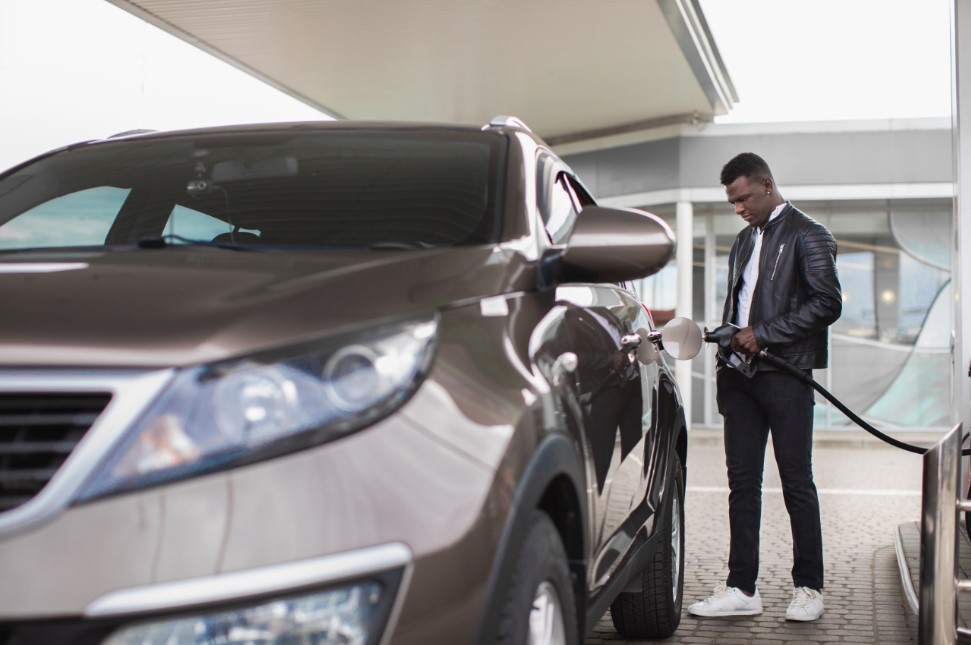Tire Safety and Maintenance

Tire Tread Depth
Having good tires with sufficient tread depth is crucial for driving safety, particularly in wet or snowy road conditions.
What you can do
- Check the tread depth of your car’s tires by inserting a penny upside down into a tire groove. If you can see above Lincoln’s head at any point, start shopping for new tires.
- Uneven or excessive wear of tire tread may indicate the need for suspension repair or wheel alignment, both of which will extend the life of your tires.
- Worn tires with little tread are much more likely to hydroplane on wet pavement or lose traction in the snow, resulting in a loss of braking power and steering control.
The Bottom Line
Driving a vehicle with low tread depth puts you at increased risk for a crash. To slow the wear on your tires, keep them properly inflated and perform any needed suspension repairs or wheel alignments in a timely manner.
Tire Pressure
When it comes to tire pressure, you want to strike a happy medium. Over-inflated tires ride roughly and wear prematurely at the center of their tread. Under-inflated tires decrease fuel economy, cause imprecise handling, wear prematurely at the edges of their treads, and can overheat and fail at highway speeds.
What you can do
- Check your vehicle’s tire pressures (including the spare) at least once a month, because tires typically lose about one pound of pressure per month through normal seepage.
- For the most accurate reading, check tire pressures when the tires are cold.
- Always follow the inflation pressure recommendations in your vehicle owner’s manual or on the tire information label located in the glove box or on the driver’s door jamb.
- Do not use the inflation pressure molded into the tire sidewall; this is the pressure needed to achieve the tire’s maximum rated load capacity, and it may or may not be the correct pressure for your particular car.
- Tires lose (in cold weather) or gain (in warm weather) about a pound of pressure with every 10-degree change in temperature.
The Bottom Line
Under-inflated tires contribute to more than 600 fatalities and 33,000 injuries annually, according to National Highway Traffic Safety Administration estimates, and they waste more than 1 billion gallons of gasoline each year, based on U.S. Department of Energy estimates.
Correct tire pressure ensures optimum vehicle handling for comfort and safety. And it will make tires last longer and help maximize a vehicle’s fuel economy.
Tire Balance/Rotation and Wheel Alignment
Proper tire balance and regular rotation help maximize tire life and provide a safer driving experience by preventing uneven wear. Have the tire balance checked if you feel unusual vibrations through the steering or chassis, and rotate the tires at the mileage interval specified in your vehicle owner’s manual. If your tires wear unevenly, or the vehicle “pulls” to the left or right, it is time to have the suspension inspected and the wheels aligned.
Info courtesy of AAA.


[1].jpg)
Sunwash-Tech-with-Customer.jpg)

